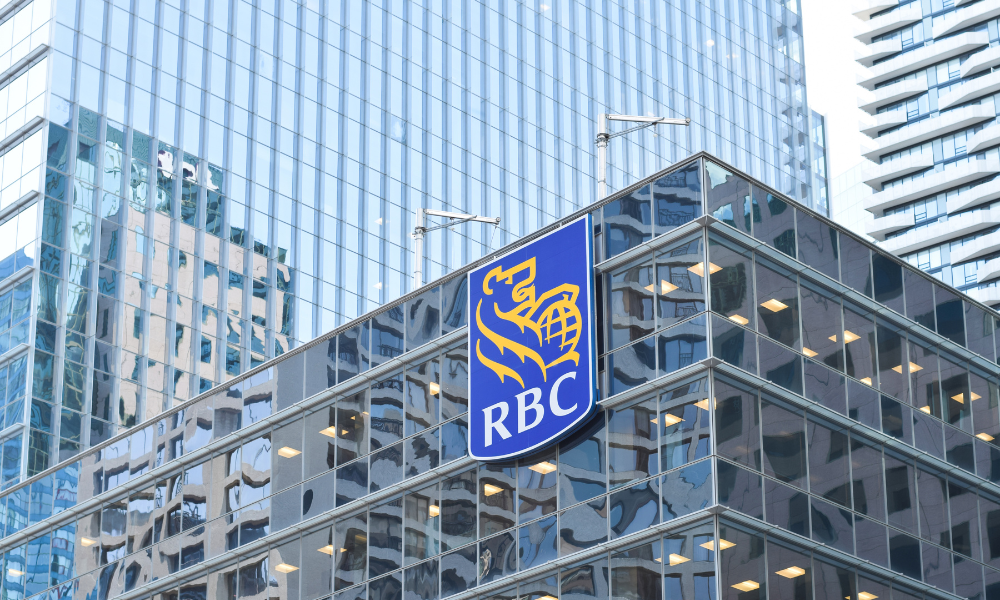CIO outlines how investors should interpret latest battle between Trump and the Fed

Investors and advisors have had to learn a lot about the inner workings of the US Federal Reserve this week. President Donald Trump’s apparent desire to dismiss Federal Reserve Governor Lisa Cook over the alleged cause of mortgage fraud has caused consternation among investors and raised questions as to whether the President might be able to compromise the independence of the US Central Bank in favour of his preferred monetary policy. Governor Cook and the Fed have both said the President cannot fire her and the decision has been brought before a US court. In the meantime, bond markets have reacted with a new view to policy risk.
Paul MacDonald, Chief Investment Officer and Portfolio Manager at Harvest ETFs, explained why bond markets have reacted to the decision so far, and noted that while there has been a ‘rational’ reaction there has not yet been the introduction of notably higher volatility in US bonds. He outlined what could cause that volatility to rise and how advisors can explain these changing circumstances to their clients now both within the specifics of the bond market and the wider investment universe.
“Policy risk is still very high. That has not gone away, even though we've got a little bit of movement in some of the tariff related noise, these policy risks and uncertainty are going to likely remain in place, at least until we get through 2026 midterms,” MacDonald says. “From a bond market perspective policy risk also more likely to see as we come in through the regional bank president votes in February of 2026.”
The primary bond market reaction so far has been a steepening of the overall yield curve. Short-term US treasury yields have declined somewhat on the increasing likelihood that the President gets his way and interest rates are cut. At the same time, the risk that a less-independent Fed becomes less cognizant of inflation has forced longer-term treasury yields higher. MacDonald also notes that this new episode of political theatre has introduced a policy risk premium in US treasuries, reflected in that higher yield.
These moves, so far, have been relatively rational and orderly in MacDonald’s view. He notes, however, that the so-called bond vigilantes could come to play a role and drive yields even higher should this particular moment escalate. Those bond vigilantes were responsible for the sudden rise of British bond yields under Prime Minister Liz Truss in 2022 after her mini-budget spooked bond investors. MacDonald notes that no such moment has yet occurred on US bond markets, but some of the details around the appointment of regional Federal Reserve Presidents slated for February of 2026 could cause action on the part of those bond vigilantes. If the attempt to fire Governor Cook succeeds and if those regional Fed President appointments appear more politically motivated, that could cause further action by bond vigilantes. In the nearer term, some of the potential theatrics that could emerge from this court case might also spook some investors, but MacDonald notes that “bond markets are far smarter than stock markets.”
Because bond markets tend to behave somewhat more rationally, MacDonald believes that this moment doesn’t equate to the impact ‘liberation day’ had on equity markets. While it highlights a degree of increased policy risk, the real tests are more likely to come out of the court decision around Governor Cook’s future and the eventual decisions made about regional Fed Presidents. Markets remain broadly data-sensitive and inflation and GDP prints are still key, but so far the reactions remain muted in his view.
While bond moves have been rational and moderate, the fact remains that these are typically safe haven assets that investors use for long-term protection. The introduction of any policy risk may undermine that utility somewhat. At the moment, however, MacDonald argues for a cautious and considered approach. He believes that advisors should be watching developments closely, but with the same moderation and rationality that typically defines a bond investor.
“For most advisors, keep informed of what's happening. If there's a reason to pivot here or there on durations or tactically adjust exposures, but there's been nothing that I would say in this past week, which is a relatively quiet week anyway, that would suggest, there's a significant increase to fundamental policy risks,” MacDonald says. “A little bit of an increase, but that's already been accounted for in the in the moves in the yield curve.”


